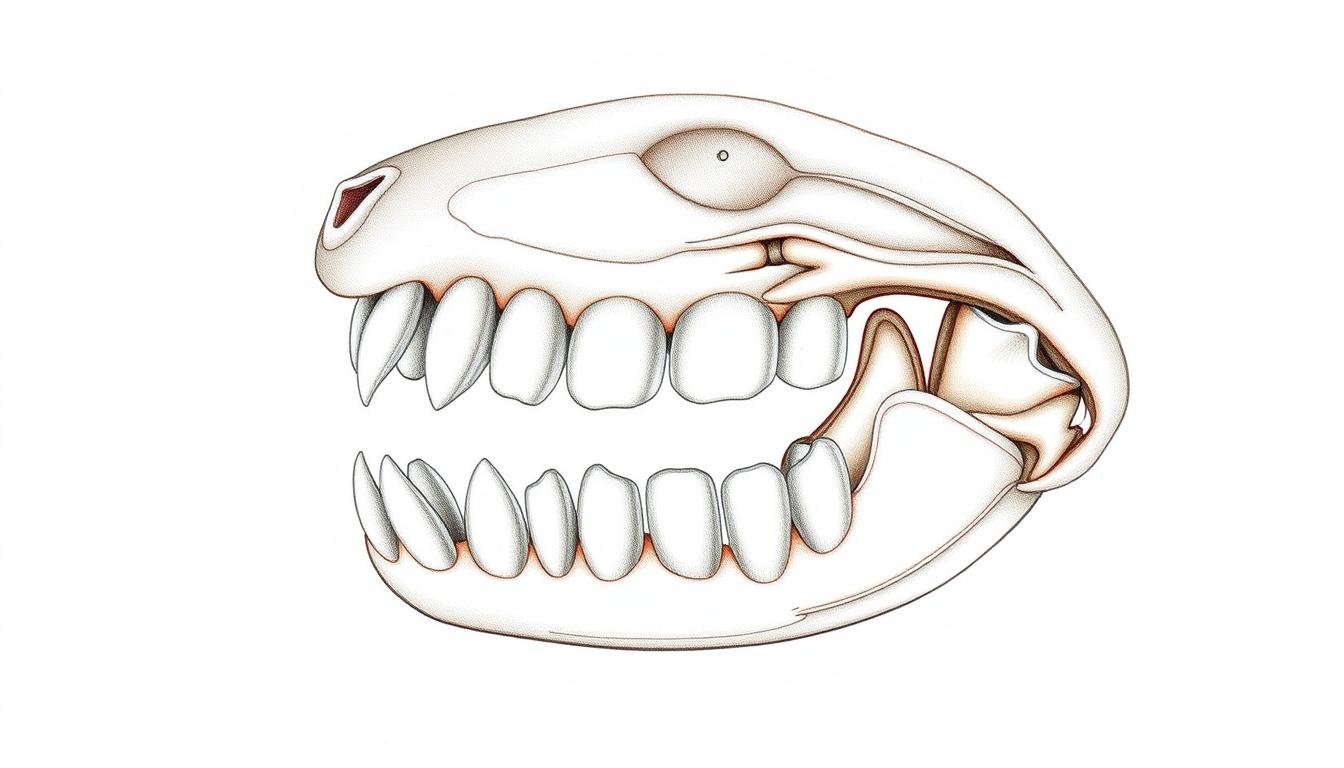Hamsters, with their adorable cheek pouches and boundless energy, bring joy to many homes. These pocket-sized companions live relatively short lives, making it crucial to understand their aging process and provide them with the best possible care as they enter their golden years. From frantic wheel-running to gentle naps, observing these changes will help you ensure your furry friend is comfortable and happy throughout their entire lifespan. This article will explore the typical signs of aging in hamsters, helping you recognize when your little buddy is starting to slow down and how to best support them during this transition.
Hamster Lifespan 101: Understanding Their Tiny Timeline
Hamsters, unfortunately, don’t grace our lives for very long. Their average lifespan typically ranges from 1.5 to 3 years, depending on the breed and individual health. Syrian hamsters, the most common type, usually live between 2 to 3 years. Dwarf hamsters, like the Russian Campbell’s and Winter White varieties, often have slightly shorter lifespans, averaging around 1.5 to 2 years. Roborovski hamsters, the smallest of the bunch, can sometimes live a little longer, potentially reaching 3 to 3.5 years with excellent care.
Understanding this short timeline is crucial for providing the best possible care throughout your hamster’s life. Knowing that their time with you is limited makes every moment even more precious. It also emphasizes the importance of preventative care, a healthy diet, and a comfortable environment to maximize their well-being. While genetics play a role in lifespan, proper care can significantly impact the quality and length of their life.
Think of it like this: a hamster year is roughly equivalent to 25-30 human years. So, a two-year-old hamster is like a 50-60 year old human! This perspective helps to appreciate the rapid aging process they experience. It also highlights the need to be observant and proactive in addressing any age-related issues that may arise.
Factors like genetics, diet, environment, and access to veterinary care all play a role in determining how long a hamster will live. A hamster with a healthy diet, a clean and stimulating environment, and regular check-ups is more likely to live a longer and healthier life. Conversely, poor living conditions, a lack of enrichment, and inadequate nutrition can shorten their lifespan.
Therefore, it’s essential to create a nurturing environment that caters to your hamster’s specific needs. Provide them with a spacious cage, appropriate bedding, a balanced diet, plenty of toys and enrichment, and regular opportunities for exercise. This holistic approach to care will help ensure that your hamster lives a long and happy life, filled with zoomies and sunflower seeds.
Ultimately, while we can’t extend their lifespan indefinitely, we can certainly enhance the quality of their lives. By understanding their typical timeline and providing them with the best possible care, we can ensure that their time with us is filled with comfort, happiness, and love. This is the best way to honor these tiny, beloved companions.
The Zoomies Fade: When Do Hamsters Start to Slow Down?
While the exact age can vary, hamsters typically begin to show signs of slowing down around 1.5 to 2 years old. This is generally considered their "senior" stage. However, it’s important to remember that every hamster is an individual, and some may show signs of aging earlier or later than others. Pay close attention to your hamster’s individual behavior and physical condition to determine when they are entering their senior years.
The decline in energy levels is often the first noticeable sign. That frantic wheel-running that used to last for hours might become shorter, less frequent, or even disappear altogether. They might spend more time napping and less time exploring their cage. Don’t be alarmed; this is a natural part of the aging process.
Think of it as their tiny hamster bodies simply getting a little tired. Their joints might be a bit achy, and their muscles might not be as strong as they used to be. Just like older humans, they need more rest and relaxation to recharge. It’s crucial to adjust their environment and routine to accommodate their changing needs.
It’s important to distinguish between normal aging and potential health problems. While a decrease in activity is common, a sudden and drastic change in behavior could indicate an underlying medical issue. If you notice any other concerning symptoms, such as loss of appetite, weight loss, difficulty breathing, or lumps and bumps, consult with a veterinarian experienced in treating small animals.
Keep in mind that the breed of hamster can also influence when they start to slow down. As mentioned earlier, dwarf hamsters may have slightly shorter lifespans and may show signs of aging a bit earlier than Syrian hamsters. Regardless of the breed, it’s crucial to observe your hamster closely and provide them with the appropriate care as they age.
Ultimately, recognizing the signs of aging in your hamster allows you to provide them with the support and comfort they need to enjoy their senior years. By understanding their changing needs and adjusting their environment accordingly, you can ensure that their golden years are filled with happiness and well-being. It’s all about providing them with a comfortable and loving environment where they can relax and enjoy their twilight years.
Age-Related Changes: What’s Normal for Senior Hamsters?
As hamsters age, they experience a variety of physical and behavioral changes. These changes are a normal part of the aging process and are similar to what humans experience as they get older. Understanding these changes can help you provide the best possible care for your senior hamster.
One of the most common changes is a decrease in activity levels, as previously discussed. They might spend more time sleeping and less time exploring their cage. Their movements may also become slower and more deliberate. They might not be able to climb as high or run as fast as they used to.
Another common change is a decrease in appetite. Their sense of smell and taste may diminish, making food less appealing. They might also have difficulty chewing hard foods due to dental problems. It’s important to provide them with soft, easily digestible foods to ensure they are getting the nutrients they need.
Their fur may also become thinner and less vibrant. They might also develop gray hairs, especially around their face and muzzle. Their skin may also become drier and more prone to irritation. Regular grooming can help keep their fur clean and healthy.
Vision and hearing may also decline with age. They might become less responsive to sounds and movements around them. It’s important to approach them gently and speak to them in a soft voice to avoid startling them.
Finally, they may also experience cognitive decline. They might become more forgetful and confused. They might also have difficulty recognizing familiar people and objects. It’s important to provide them with a stable and predictable environment to minimize stress and confusion.
Spotting the Signs: Is Your Hamster Showing Their Age?
Observing your hamster’s behavior and physical appearance is key to recognizing the signs of aging. Look for subtle changes that might indicate they are entering their senior years. Early detection allows you to adjust their care and provide them with the support they need.
Pay attention to their activity levels. Are they running on their wheel as much as they used to? Are they spending more time sleeping? A decrease in activity is often one of the first signs of aging. Note any changes in their sleeping patterns, such as sleeping more during the day or being less active at night.
Examine their fur and skin. Is their fur becoming thinner or less vibrant? Are they developing gray hairs? Is their skin becoming dry or flaky? These are all common signs of aging. Check for any signs of skin irritation or hair loss, which could indicate a health problem.
Observe their gait and movement. Are they moving slower or more deliberately? Are they having difficulty climbing or running? Are they showing any signs of stiffness or pain? Changes in mobility can indicate arthritis or other age-related joint problems.
Monitor their eating and drinking habits. Are they eating as much as they used to? Are they having difficulty chewing their food? Are they drinking more or less water than usual? Changes in appetite and thirst can indicate a variety of health problems.
Finally, pay attention to their overall demeanor. Are they more irritable or withdrawn than usual? Are they showing any signs of confusion or disorientation? Changes in behavior can indicate cognitive decline or other neurological problems.
Sleepier & Slower: Recognizing the Hamster Aging Process
The hamster aging process is characterized by a gradual decline in physical and mental capabilities. This decline manifests in various ways, most notably through increased sleepiness and slower movements. Recognizing these changes is crucial for providing appropriate care and ensuring your hamster’s comfort.
The increased need for sleep is a natural consequence of aging. As their bodies become less efficient, hamsters require more rest to recover and recharge. You might notice your hamster spending more time napping during the day and being less active during their usual waking hours.
Slower movements are another hallmark of aging. Their joints might become stiff and achy, making it difficult for them to move around as quickly or easily as they used to. They might also experience muscle weakness, which can further contribute to their decreased mobility.
These changes can impact their ability to perform everyday tasks, such as climbing, running, and grooming. You might need to adjust their environment to make it easier for them to navigate and access essential resources. For example, you could lower their food and water bowls or provide them with ramps to access higher levels of their cage.
It’s important to differentiate between normal aging and potential health problems. While increased sleepiness and slower movements are common signs of aging, they can also be symptoms of underlying medical conditions. If you notice any other concerning symptoms, such as loss of appetite, weight loss, or difficulty breathing, consult with a veterinarian

